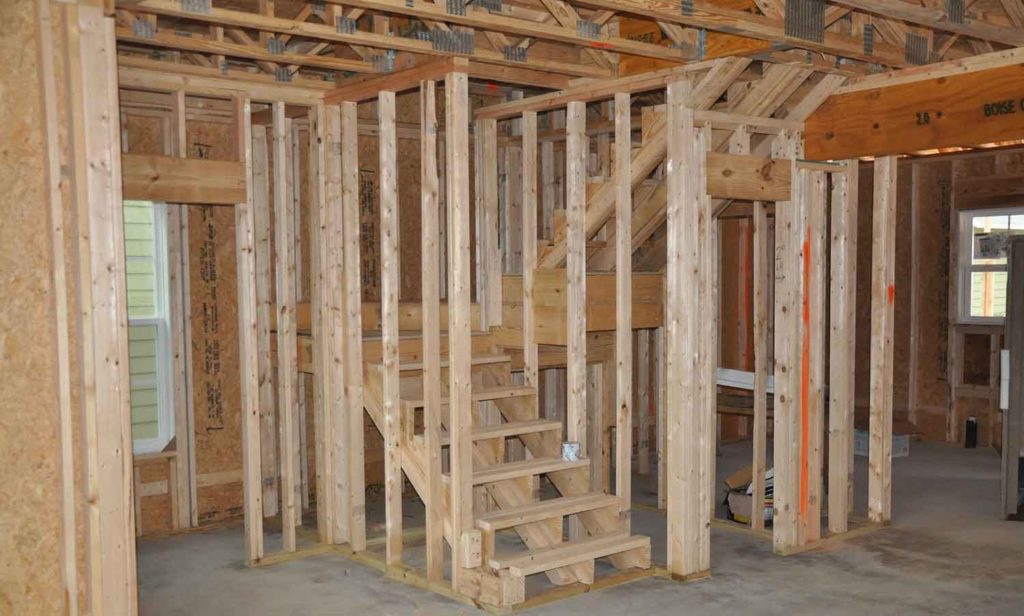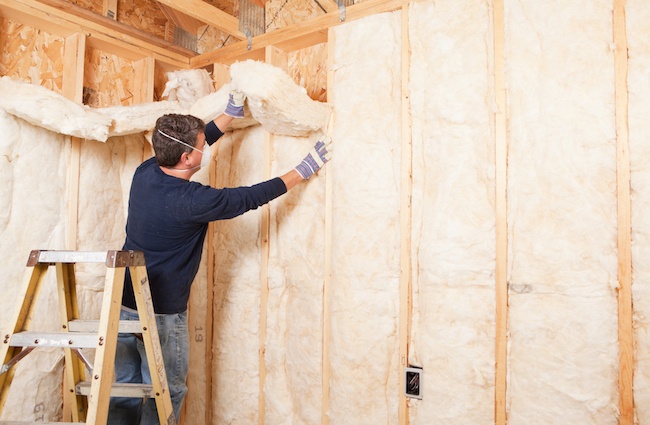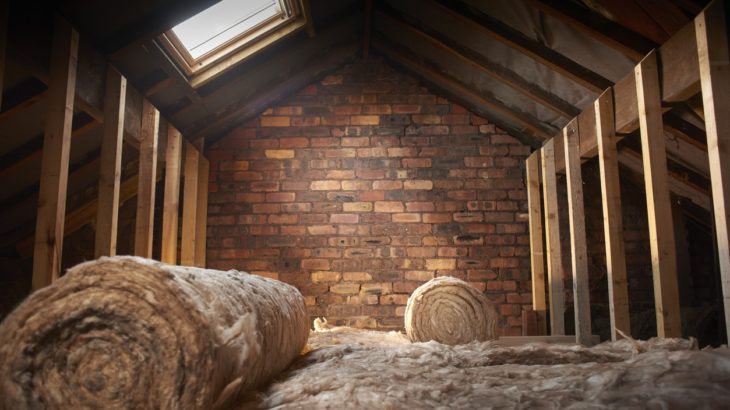Green homes are the future of the world and the next generation is lucky to live in a home that is sustainable and smart. There are different ways that a green home can adapt to the changes that exist. Insulating your home is somehow important in countries where winter can get harsh.
New government programs will encourage people to make their home more energy efficient and green. Insulation is an important part of an energy efficient home, but more insulation is not always better. Before you spend money on insulation (whether the money comes from you or from the government), it is important that you understand how insulation works. More insulation may waste money and can harm your home.

Heat flows from warm areas to cool areas. This occurs by three methods: convection, radiation, and conduction. Heat loss and heat gain in homes occurs by all these methods. An energy efficient home must deal with all heat flow methods.
Convection is the flow of heat by movement of liquids and gasses such as air. Fill a cup with hot coffee and put your hand over the cup. Feel the heat above the cup. Much of this heat is the result of air that rises because it is heated by the coffee. Air moves heat and water vapor by convection.
Air and water vapor will move through any opening between the home’s interior and the outdoors. These openings include gaps around or through components such as recessed light fixtures, electrical receptacle and light fixture boxes, heat and air conditioning registers, and ventilation equipment such as bathroom exhaust fans. These openings also include gaps around windows and doors and around the bottom of exterior walls. Insulation is not effective against convective heat flow. Only sealing the gap with a solid material, such as caulk, or with an air barrier will stop convective heat flow.
Radiation is the flow of heat by electromagnetic waves. These waves do not require matter through which to flow, thus heat radiation can flow through a vacuum. Heat radiation is how the sun warms the earth and how a heat lamp keeps food warm.

Heat radiation flows through window glass. Other construction materials absorb most of the heat radiation and transfer the heat by conduction. Absorbing solar heat radiation can be a good thing during the winter, but during the summer you try to remove solar heat radiation by convection (opening windows) or by moving heat outside by mechanical means (air conditioning).
Dealing with heat radiation depends on where you live. If you live where it’s warm, you want to keep heat radiation outside the home. If you live where it’s cool, you want to keep heat radiation inside. Reflective coatings (low emissivity) on windows help keep heat radiation inside or outside. Light colored paint and roof coverings help reflect heat radiation and dark colors help absorb heat radiation. Radiant barriers installed in the attic reflect heat radiation and keep it out of the attic. Radiant barriers look like aluminum foil and are either hung from rafters or come as the bottom layer of roof sheathing in new construction. Radiant barriers are more effective than insulation in reducing radiation heat gain for homes in warm climates.
Conduction is the movement of heat through materials. Feel the heat on the exterior of the hot coffee cup. This is the result of conduction. The heat passes through the cup molecule by molecule. Some materials, such as metals, conduct heat easily. Other materials, such as wood, soil, and (amazingly) still air, conduct heat poorly. These materials are used as insulators.
Commercial insulation products resist conductive heat flow by using air trapped in the insulation. The ability of a material to resist conductive heat flow is called its R value. A larger R value means more resistance to conductive heat flow. Insulation with an R value of R-30 has more resistance to conductive heat flow than insulation with an R value of R-19.
Two common installation errors reduce insulation’s R value. Insulation must be installed in a continuous layer and at its full thickness for it to be fully effective. Compression of the insulation and gaps in its coverage dramatically reduce insulation’s resistance to conductive heat flow. Insulation must be installed where air cannot flow through it. At least one side of the insulation must be installed against an air barrier such as drywall. Because insulation works by using trapped, non-moving air, any air movement renders the insulation practically useless. Insulation must be installed according to manufacturer’s instructions; otherwise it will not be effective.
You should use the right tool for the job. Sometimes insulation is the right tool, but only if you are dealing with conductive heat flow and only if insulation is properly installed in a continuous layer and at full thickness. Air barriers and radiant barriers may be better tools, depending on the type of heat flow. You may need more analysis to determine the right tool, particularly when adding insulation to an uninsulated attic or crawl space. Insulation installed under certain conditions can create moisture problems that reduce insulation effectiveness, damage wood, and create conditions for mold growth.
Contact Canada Home Insulation for home insulation in Richmond Hill, ON. With over 10 years of experience, they have been helping homeowners make their home more energy-efficient through professional Insulation services.



















